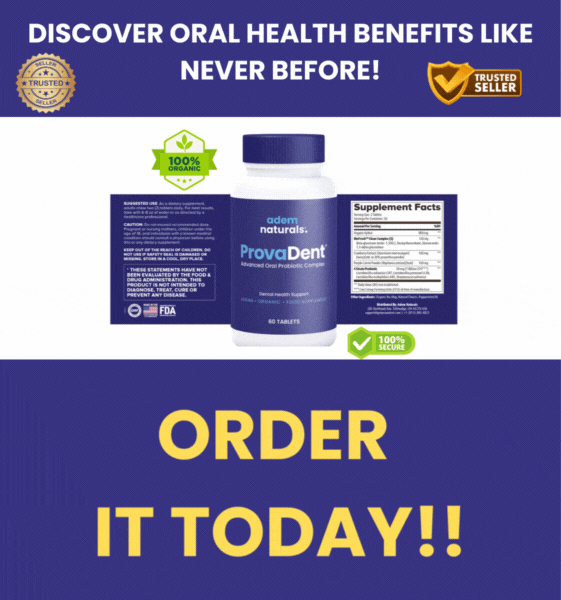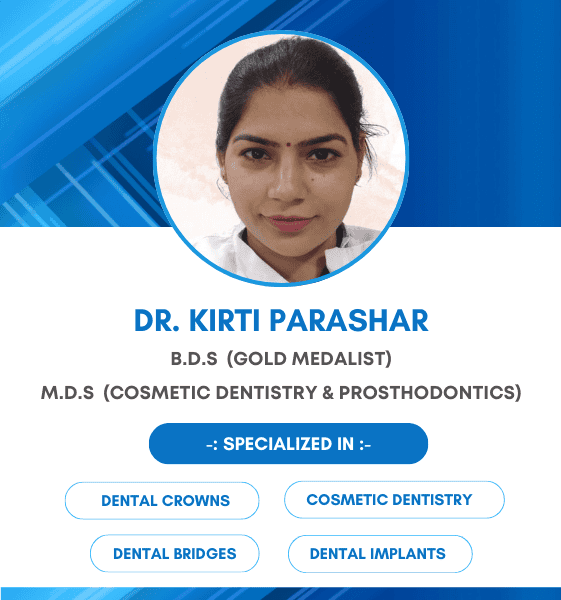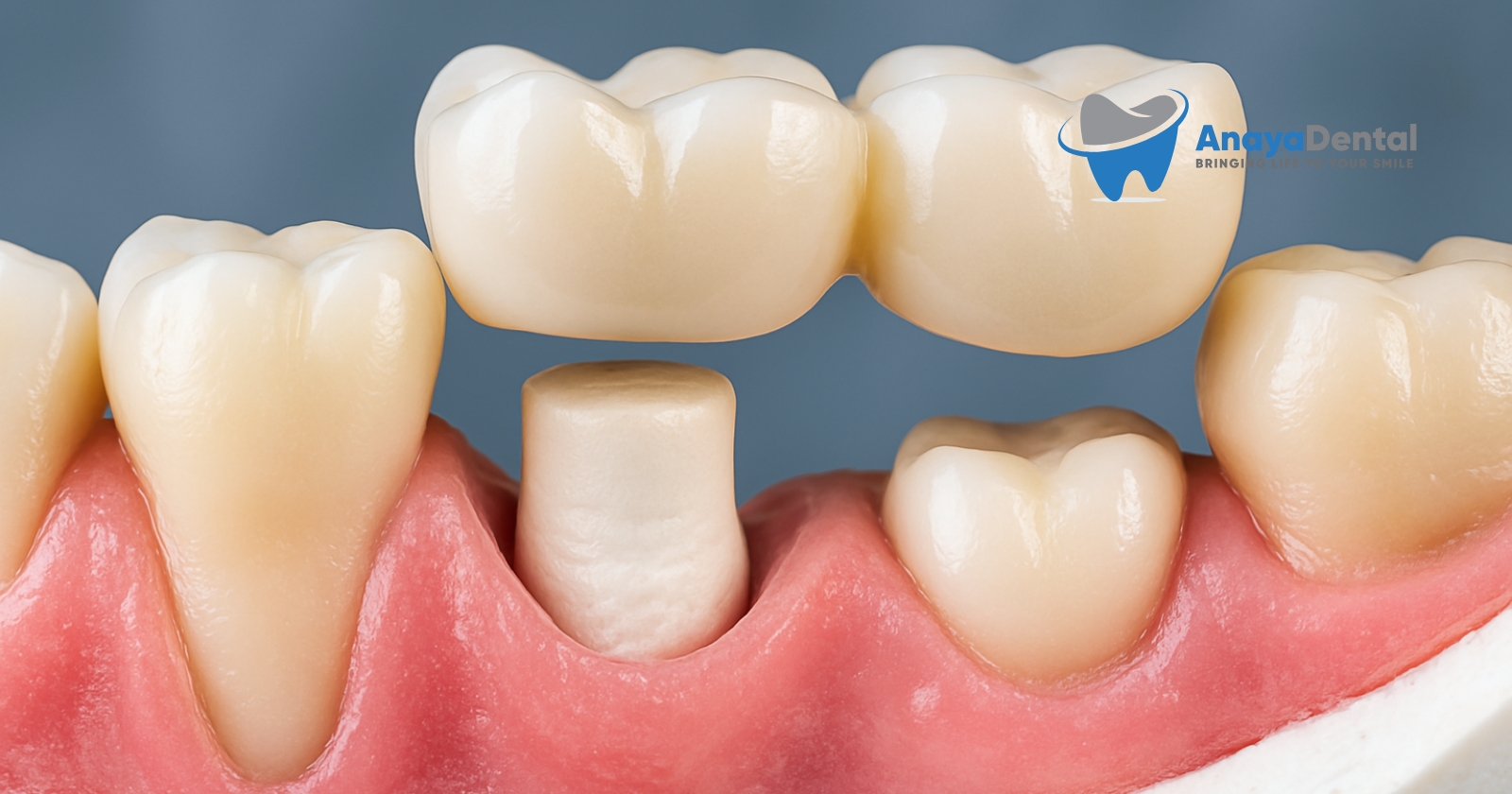Are you dealing with teeth grinding that’s wearing down your smile? Nearly all dental professionals (97%) recognize that stress significantly contributes to bruxism, making protective occlusal guards a necessary treatment for many patients. Understanding the correct dental codes can mean the difference between paying out-of-pocket or securing insurance coverage for these essential appliances.
What Exactly Are Occlusal Guards?
Before diving into codes, it’s important to understand what these devices actually do. Occlusal guards (also called night guards or bite guards) are removable dental appliances designed to create a barrier between your upper and lower teeth. This protective barrier prevents the direct contact that causes enamel wear, tooth damage, and related symptoms like jaw pain and headaches.
These guards come in various forms:
Try Our Dental Calculators
- Hard acrylic materials
- Soft flexible materials
- Full arch (covering all teeth)
- Partial arch designs
The Current Dental Codes You Need to Know
In 2019, dental coding for occlusal guards underwent a significant transformation. The previously used code D9940 was replaced with more specific options that better describe the type of appliance being provided. Knowing which code applies to your situation can dramatically affect insurance coverage.
Occlusal Guard Dental Codes Comparison
| Code | Description | Material Type | Coverage Area | Common Uses | Insurance Notes |
|---|---|---|---|---|---|
| D9944 | Occlusal guard – hard appliance, full arch | Hard acrylic | Complete dental arch | Severe bruxism, heavy grinders | Specify which arch (upper/lower) |
| D9945 | Occlusal guard – soft appliance, full arch | Soft material | Complete dental arch | Mild to moderate grinding | Specify which arch (upper/lower) |
| D9946 | Occlusal guard – hard appliance, partial arch | Hard acrylic | Partial dental arch | Localized grinding issues | Specify both arch and quadrant |
| D9942 | Repair and/or reline of occlusal guard | N/A | N/A | Fixing damaged guards | Often subject to frequency limitations |
| D9943 | Occlusal guard adjustment | N/A | N/A | Post-placement comfort adjustments | Average cost: $130 nationwide |
Primary Occlusal Guard Codes
- D9944: Occlusal guard – hard appliance, full arch This covers a rigid guard that protects your entire dental arch.
- D9945: Occlusal guard – soft appliance, full arch Similar to D9944 but made from soft materials while still protecting all teeth.
- D9946: Occlusal guard – hard appliance, partial arch A hard guard that covers only a portion of your dental arch.
Additional Service Codes
If you already have an occlusal guard that needs maintenance:
- D9942: Repair and/or reline of occlusal guard When your existing guard needs fixing or reshaping.
- D9943: Occlusal guard adjustment For fine-tuning after initial placement, with average costs around $130 nationwide.
Important Distinction: What These Codes Don’t Cover
These codes are exclusively for occlusal guards treating bruxism and related issues. They should never be used for:
- Sleep apnea devices
- Snoring appliances
- TMJ disorder treatments (which use different codes entirely)
What You Can Expect from Insurance Coverage
Insurance coverage for occlusal guards varies significantly:
- Many dental plans exclude coverage altogether
- Some plans only provide coverage with a diagnosis of bruxism
- Others may only cover “perio guards” placed shortly after bone surgery
- Most dental insurance plans that do offer coverage typically limit replacement to one occlusal guard every 36 months
Medical Insurance as an Alternative
When dental insurance doesn’t cover your occlusal guard, medical insurance might:
- Coverage through medical plans varies greatly
- Medical necessity requirements must be met
- Different coding systems apply (ICD-10 and CPT instead of CDT)
Proving Medical Necessity: What Your Dentist Needs to Document
For the best chance at insurance coverage, your dental provider should document:
- Clear diagnosis of your condition (bruxism, excessive wear)
- Specific details about the type of appliance recommended
- Supporting evidence like x-rays or photos showing dental damage
- A detailed explanation of why the guard is required
Medical Necessity Checklist
Your condition should meet these criteria:
- Signs of bruxism causing excessive wear or fractures
- Multiple ceramic restorations that could cause enamel wear
- The appliance isn’t being used for TMJ disorders
- The appliance isn’t for orthodontic tooth movement
Cost Considerations When Insurance Won’t Pay
The price of occlusal guards varies by location:
- Average cost: approximately $130 for an adjustment
- Lower-cost regions: as little as $60
- Higher-cost areas: up to $180
Quick Review
- Occlusal guard codes changed in 2019 to more specific options (D9944, D9945, D9946)
- Insurance coverage varies widely, with most plans limiting replacement to once every 36 months
- Thorough documentation of medical necessity is crucial for reimbursement
- Different codes exist for different types of guards (hard vs. soft, full vs. partial)
- These codes are exclusively for grinding/clenching protection, not for sleep or TMJ appliances
Understanding these codes and coverage details can help you work with your dental provider to secure the most affordable protection for your teeth against the damaging effects of grinding and clenching.


